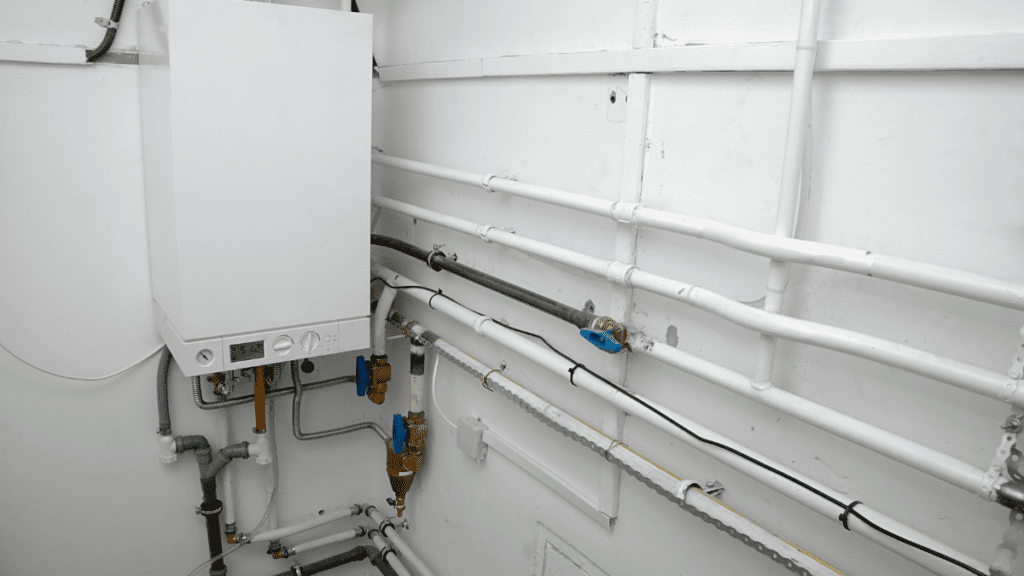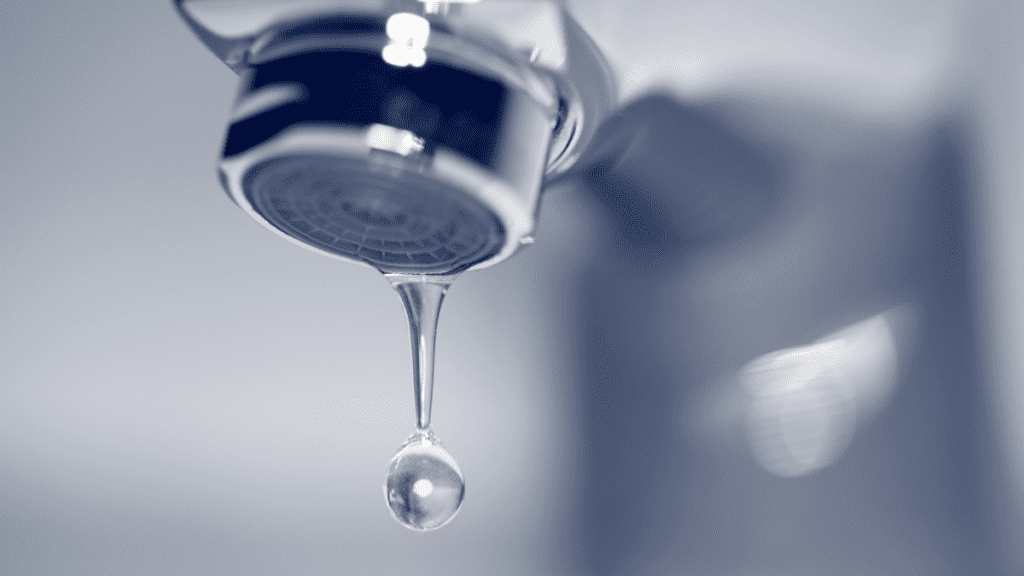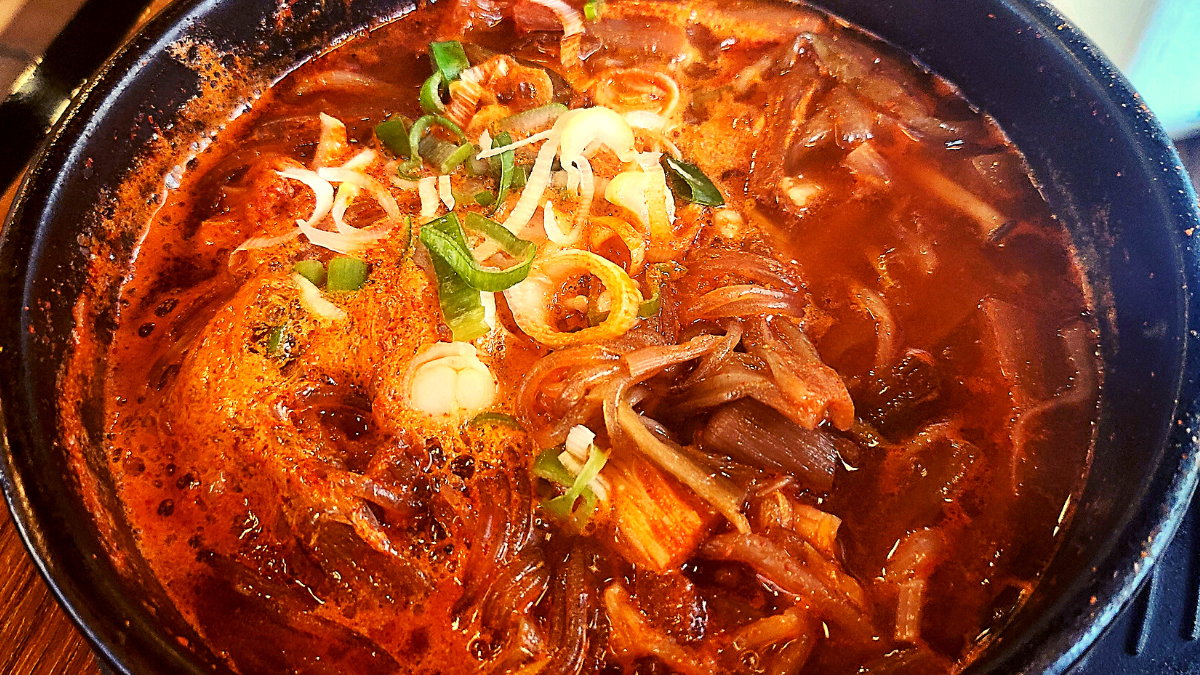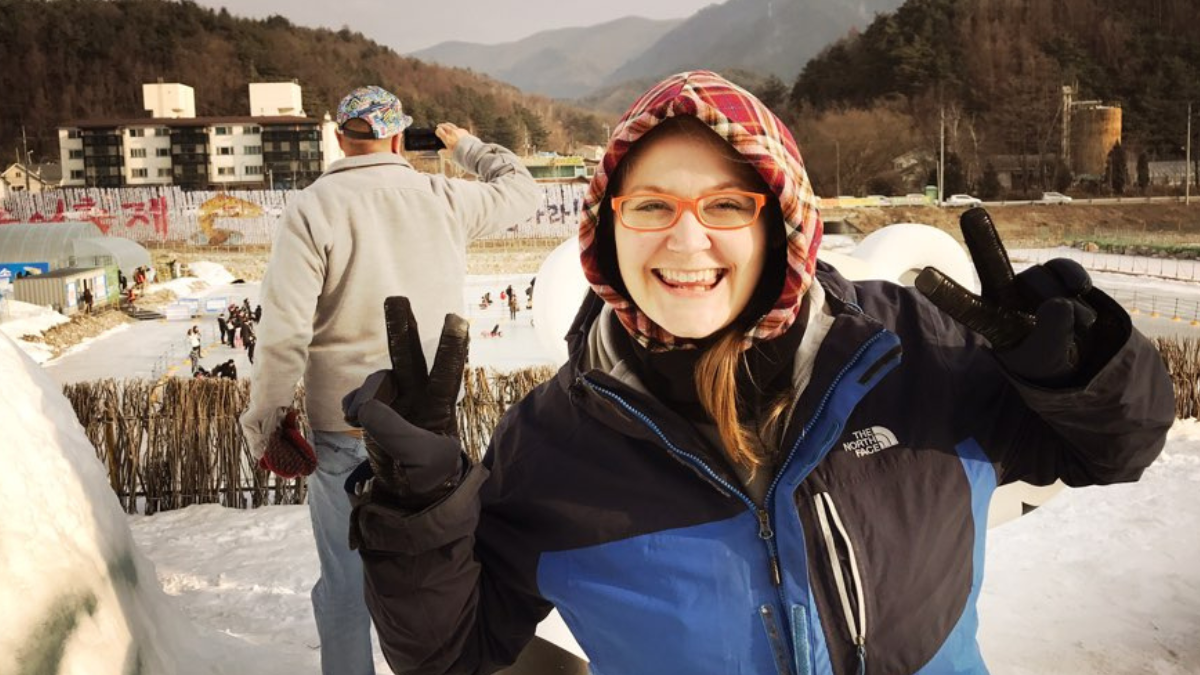
Winterize Your Korean Home
When the weather drops below freezing outside, you need to prepare for the cold in and winterize your Korean home.
Listen to the BlogCast
Don’t want to read? Listen to the South of Seoul BlogCast which provides accessible content through the use of AI technology. We don’t have time to read each article but we do our best to make more of our content accessible. If you would like to join our Accessibility Team apply to volunteer with South of Seoul. Please note that the pronunciation of some Korean words may be inaccurate due to AI technology’s limitations.
Tenants Responsible for Cold Winter Damage
Every year South of Seoul volunteers hear many sad stories of warm weather ex-pats complaining about damage to their homes because they did not prepare for winter. You don’t want to be this person. Instead, read this article carefully and take the time to prepare and winterize your Korean home in advance.
It’s up to you as a renter to understand how to maintain your home during the cold winters in South Korea. This means that you need to take the time to prepare your home for winter cold snaps which can freeze pipes and cause extensive damage to your home and others above or below you.
Understanding Korea Home Heating
Korea uses an in-floor heating system they refer to as ondol. The system used to involve airflow and fires under the house but now looks like many in-floor systems used around the world. Ondol heat is fantastic, however, it also requires you to understand how it works and how to care for your home using the ondol system.
Ondol systems often run off of a boiler that exists in either the kitchen, a bathroom, or a utility room (enclosed balcony). The ondol system may run off of either electricity or gas.

You control the ondol from the main thermostat which is often located in the living room of the home. Some ondol may control home temperature room by room, some systems may allow you to cut off heat to particular rooms, and some ondol just controls the overall heat of the house without specificity to a particular room.
Different ondol systems use different thermostats. This means that not every home has exactly the same setting options. This means that you may not find your exact model on an English blog. You may need your realtor, landlord or friend to come to your home to explain how it works.
In addition to the main thermostat, most ondol systems have an area where you can control the rate of flow within the ondol system. Sometimes these controls may be located in the kitchen, utility room, or entry room. It all depends on how your home was built. Adjusting the flow of your ondol system can impact the heat regulation in your home and your utility bill. Jump to 2:21 in this YouTube video to see how the flow can be adjusted in some homes.
Finally, ondol heat does not run throughout the house. Koreans do not often have ondol in their bathrooms, utility rooms, and sometimes kitchens (although this one is rare).
Areas of Your Home to Winter Proof
Most cold winter damage occurs in the utility room, kitchen, or bathrooms. Waterpipes and drains in these areas freeze, burst, and then flood either your apartment or your downstairs neighbors. If you have not lived in a cold weather climate, it’s important to know that burst pipes tend to be very expensive and troublesome to fix.
Types of Homes to Winter Proof
Anyone living in a villa or single-family home in South Korea needs to take winterization particularly seriously. Especially when living in an older building or home. In single-family homes and villas, renters have fewer units or no other units working to heat their homes. However, everyone needs to winterize even if they live in an apartment tower. The last thing you want to be the person that flooded the downstairs apartment(s).
Recommendations for Winterization
Here are a few ways to protect your ondol and plumbing system during the winter:
Boiler ‘Leave” Setting
Boilers in South Korea usually have a ‘leave’ mode. This will keep your house between 19-20°C. Remember that your floor heating can freeze and you don’t want this to happen, even if you don’t want to heat the house, keep the floors on ‘Leave’ in winter to prevent freezing.
Keep in mind, you even need to set the floors to ‘Leave’ when you plan to be out of the country for a while. You don’t want to return from your two weeks in Vietnam to frozen pipes or a flooded apartment.
Dripping Water
Keep lukewarm water dripping from your faucet at night and when you are not home. Dripping water keeps water in the pipes flowing which makes it less likely to freeze. You don’t need to crank the water, just a small drip should keep your pipe safe.

Since you need to drip all exposed faucets, you may need to also drip the wall faucets in the utility rooms (encoded porches) as well. Double-check with your landlord to see if you need to do this in your home.
Turn your faucet to the cold tap side when dripping the faucet. To avoid triggering your water heater to run and increasing your utility bills, be sure to turn your faucet to cold when you set the drip. The water does not need to be warm, it only needs to be circulating.
It’s important to note that you need toBOTH set your ondol to ‘Leave’ AND drip your faucets. These two actions protect different aspects of your home plumbing and heating systems.
Close Windows
Check your home for shutter-style windows and other open windows, and close them. Such windows may exist in either the boiler room or AC outdoor unit room. If you do not close this type of window, the boiler room or utility room pipes may freeze during a winter cold snap. Additionally, during winter boiler service people keep busy. A boiler service appointment is booked about 2-3 weeks out and may cost you over $700. IMPORTANT: Some homes may not have this type of window feature.
Take note that most Korean windows have TWO windows to close. In a cold snap, you need to close BOTH of the windows to make sure the rooms stay as warm as possible. Remember, the bathrooms and utility rooms aren’t often heated so you need to take extra steps to keep the spaces warm enough.
Utility Room Drains
Some international residents may also forget not to pour water down their utility room drains in winter and then close the doors. The utility rooms rarely include heat and the pipes burst very easily. We have known more than one international resident who did not realize this and used their utility room winter and drains during a cold snap. Such a decision often ends poorly.
Special Credit to Kim’s HSO Realty
Thank you to Osan AB Housing /Kim’s HSO Realty who posted their three winterization tips. Our volunteers used their helpful information as a starting point and then added additional information based on lived experience and research. If you are moving to Osan Air Force Base in Pyeongtaek, make sure to visit their office to find your Pyeongtaek home.

Founded in 2015, the South of Seoul team consists of volunteers on three continents working together to support English-speaking people traveling or living in South Korea. South of Seoul volunteers work with organizations and individuals across South Korea to improve equitable access to information across South Korea. Much of South of Seoul’s information focuses on Pyeongtaek, Gyeonggi-do, South Korea.
Blogs published under the authorship of “South of Seoul” include blogs compiled by multiple volunteers to improve access to standardized information unrelated to individualized personal experiences.





